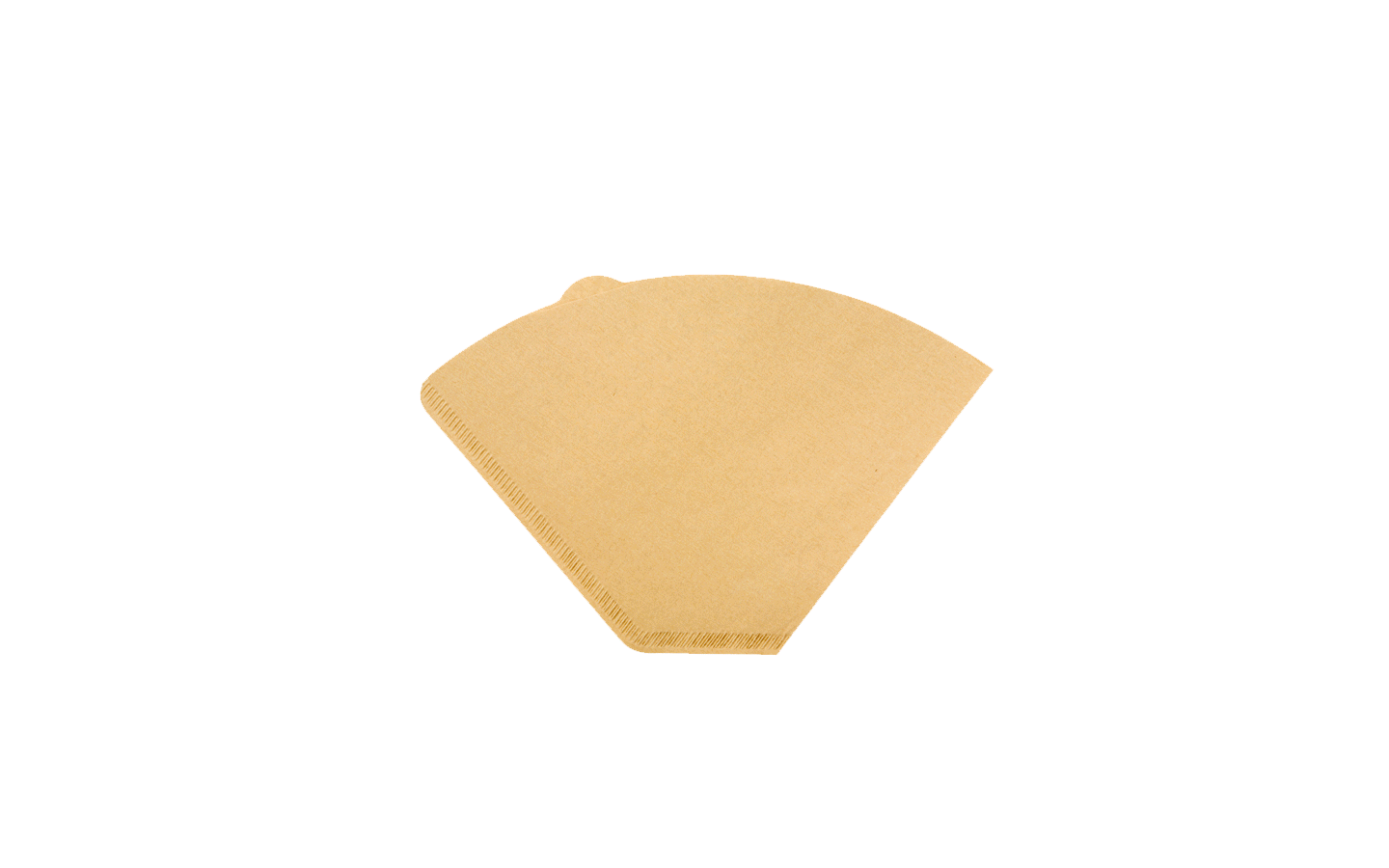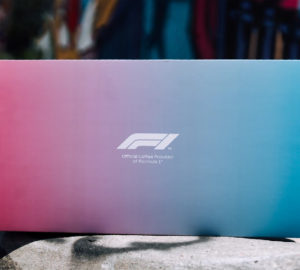There is perhaps no greater influencer on the outcome of a cup of coffee than the filter (or none) through which it is brewed—other than the coffee itself, of course. Even more than the brewer itself, whose form and function generally have more affect on repeatability, the filter defines what sort of particles—and thus flavors—can and cannot make it into the cup. And while there are a range of filter options (we explored them here), the classic paper filter remains the most popular.
In the world of paper filter, though, there exists a schism: bleached versus natural. When it comes to buying a box of filters, we’ve all been put to the decision between the white, bleached filters and the brown, natural version. But what is the difference between the two? To find out, we’re taking a look at how the two filters are made and what, if any, impact they have on the overall flavor of your coffee.
Bleached Vs. Natural: What Are They?
Like all paper products, both type of filter are made of wood pulp, a fibrous material that gets mixed with water that serves as the basis for most all papermaking. Natural filters, also known as “unbleached”, are not treated with any bleaching agent, thus their brown, natural wood-like color. To get filters more of the bright white shade we are used to seeing in store, the paper must be bleached. This is done using one of two methods: chlorine bleaching and oxygen bleaching.
Which One Is Better For The Environment?
Because their creation requires less processing, natural filters are generally accepted as more environmentally friendly. Traditional chlorine bleaching is the least eco-friendly as it produces chemicals that run the risk of being improperly disposed of. It is these concerns that led to alternate whitening options, like oxygen bleaching. Though they require special equipment to process, oxygen bleached filters require fewer chemicals in order to achieve the characteristic whiteness, making them more earth-friendly than chlorine bleached, though still not to the level of natural filters.
You can often find information about the method used for a given bleached filter on the box it came in. Chemex filters, for instance, use oxygen bleaching.
Is There A Difference In Taste?
Short answer: yes with an if. Long answer: no with a but. If one filter were to negatively impact the flavor of your coffee, it would be the natural filter. If not properly rinsed before brewing, a natural filter can impart a woody, papery taste to your coffee that is generally unpleasant. (Smell the filter after running some hot water through it to get an idea of what sort of flavors a natural filter could be adding to your coffee.) Bleached filters, on the other hand, are more neutral in this regard; it’s one of the benefits of the whitening process. Some even argue you don’t have to rinse bleached filters at all.
Ultimately, what filter you choose to use is up to you. If flavor is paramount, then a bleached paper filter may be your go-to. But if you are looking to decrease your overall environmental impact, perhaps the natural filter would be more to your liking. (Though I would argue there are other filter materials that are better ecologically.) I’m #TeamBleached, I just compost my filters and feed my plants with the rinse water to lessen my overall impact and sleep better at night.
Zac Cadwalader is the managing editor at Sprudge Media Network and a staff writer based in Dallas. Read more Zac Cadwalader on Sprudge.































